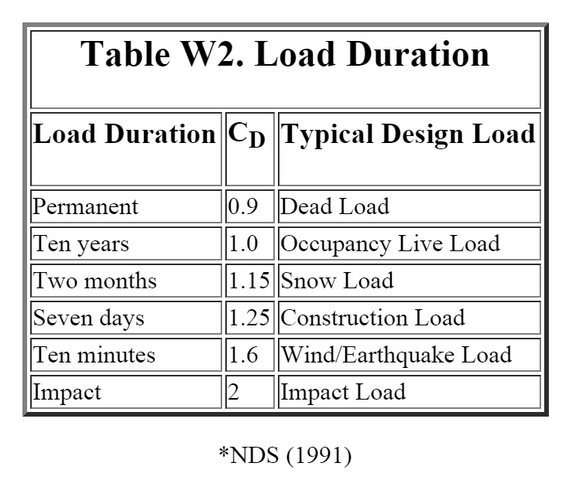Tyler Herron
Member
I posted a thread awhile back about all of my rigging being installed using chain baskets. Someone mentioned thats pretty common but it's better to use beam clamps on installs. I've heard chain baskets are good for temporary things, as well as things like wire rope slings with burlap.
Last year I also had my building inspected by a structural engineer in anticipation of bringing in a rigger to do some special event stuff. The report came back as follows: Each beam can hold an additional 750 lbs of weight within 60ft of the proscenium. Outside of 60 ft, the beams can only hold an additional 500lbs and it can only be temporary.
My question is, how long is temporary? A week, a month, overnight?
I VERY rarely have the need to hang anything out that far, the reason I ask is because we change sets out about 3-4 times per year. Some sets stay up longer, others don't. You know how it goes. If I'm wanting to hang some sticks of truss from our beams, can I get by with burlap and wire rope baskets? Or chain baskets? For 3 months? What are you're thoughts?
Or should I just suck it up and grab a bunch of beam clamps? Also, while on that subject another quick question. The rigging company that helps us out a bunch obviously has plenty of equipment. They typically use 3 Ton beam clamps when they hang stuff. Obviously pretty overkill as each beam can only less than a 1/2 Ton. What do you guys think of the 1 ton beam clamps from rosebrand? I bought a couple to use for a one off event but was unimpressed. They are stamped with manufacturer (Peak Trading?) and made in..china. They also came with certificates of inspection. That all makes me feel better, but I'm having a tough time getting over the china made nature of it. And it just doesn't "look" like I should be using it to hang stuff. I don't know. Something just doesn't sit right with me. Have any of you used them?
What are your thoughts on the temporary question?
Last year I also had my building inspected by a structural engineer in anticipation of bringing in a rigger to do some special event stuff. The report came back as follows: Each beam can hold an additional 750 lbs of weight within 60ft of the proscenium. Outside of 60 ft, the beams can only hold an additional 500lbs and it can only be temporary.
My question is, how long is temporary? A week, a month, overnight?
I VERY rarely have the need to hang anything out that far, the reason I ask is because we change sets out about 3-4 times per year. Some sets stay up longer, others don't. You know how it goes. If I'm wanting to hang some sticks of truss from our beams, can I get by with burlap and wire rope baskets? Or chain baskets? For 3 months? What are you're thoughts?
Or should I just suck it up and grab a bunch of beam clamps? Also, while on that subject another quick question. The rigging company that helps us out a bunch obviously has plenty of equipment. They typically use 3 Ton beam clamps when they hang stuff. Obviously pretty overkill as each beam can only less than a 1/2 Ton. What do you guys think of the 1 ton beam clamps from rosebrand? I bought a couple to use for a one off event but was unimpressed. They are stamped with manufacturer (Peak Trading?) and made in..china. They also came with certificates of inspection. That all makes me feel better, but I'm having a tough time getting over the china made nature of it. And it just doesn't "look" like I should be using it to hang stuff. I don't know. Something just doesn't sit right with me. Have any of you used them?
What are your thoughts on the temporary question?



